The year 2022 ended with a Zoom call to end all Zoom calls: Presidents Vladimir Putin and Xi Jinping discussing all aspects of the Russia-China strategic partnership in an exclusive video call.
Putin told Xi how “Russia and China managed to ensure record high growth rates of mutual trade,” meaning “we will be able to reach our target of $200 billion by 2024 ahead of schedule.”
On their coordination to “form a just world order based on international law,” Putin emphasized how “we share the same views on the causes, course, and logic of the ongoing transformation of the global geopolitical landscape.”
Facing “unprecedented pressure and provocations from the west,” Putin noted how Russia-China are not only defending their own interests “but also all those who stand for a truly democratic world order and the right of countries to freely determine their own destiny.”
Earlier, Xi had announced that Beijing will hold the 3rd Belt and Road Forum in 2023. This has been confirmed, off the record, by diplomatic sources. The forum was initially designed to be bi-annual, first held in 2017 and then 2019. 2021 didn’t happen because of Covid-19.
The return of the forum signals not only a renewed drive but an extremely significant landmark as the Belt and Road Initiative (BRI), launched in Astana and then Jakarta in 2013, will be celebrating its 10th anniversary.
BRI version 2.0
That set the tone for 2023 across the whole geopolitical and geoeconomic spectrum. In parallel to its geoconomic breadth and reach, BRI has been conceived as China’s overarching foreign policy concept up to the mid-century. Now it’s time to tweak things…
…click on the above link to read the rest…


)
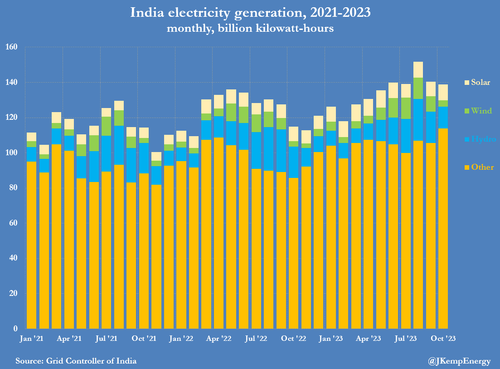

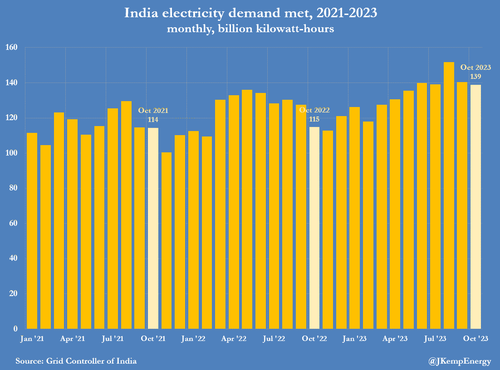
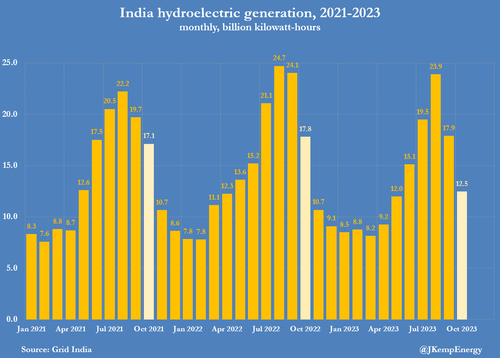
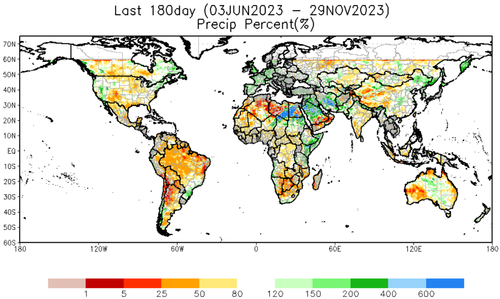
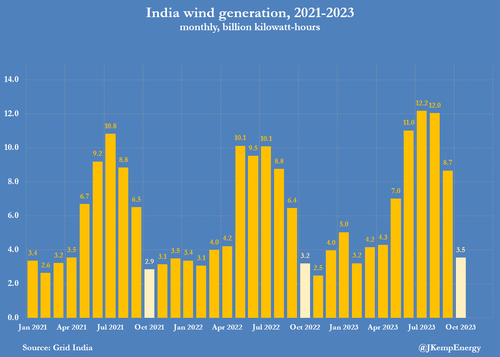

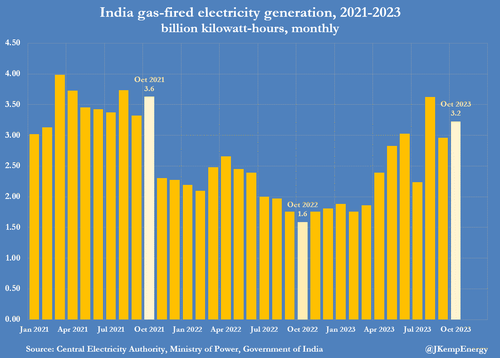
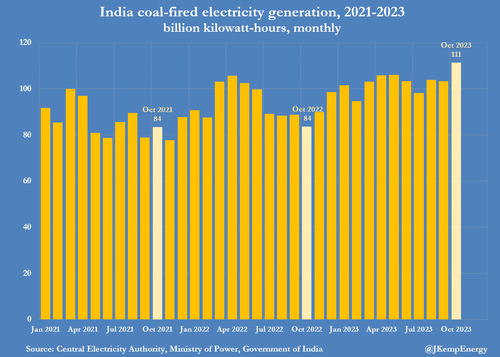


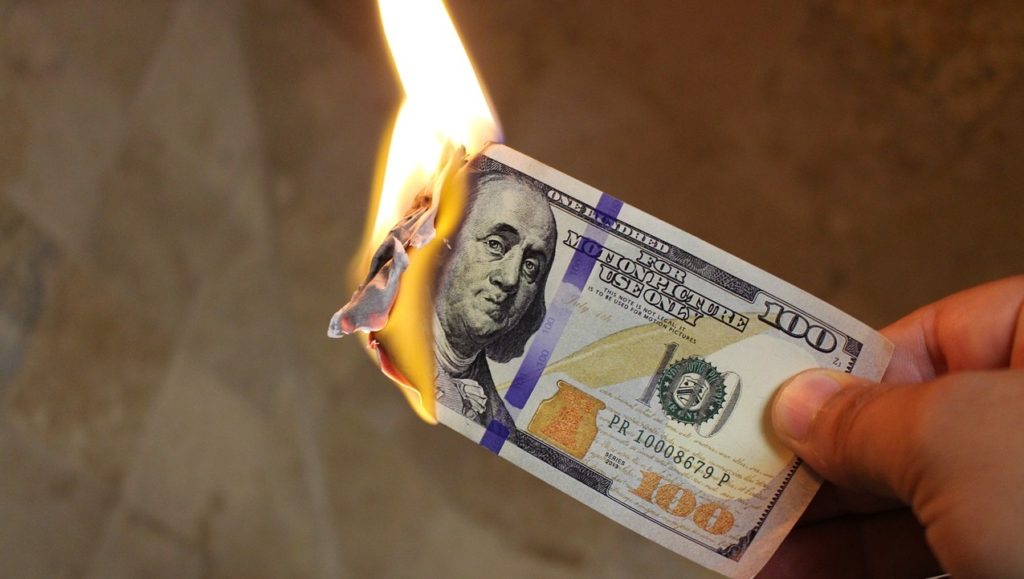

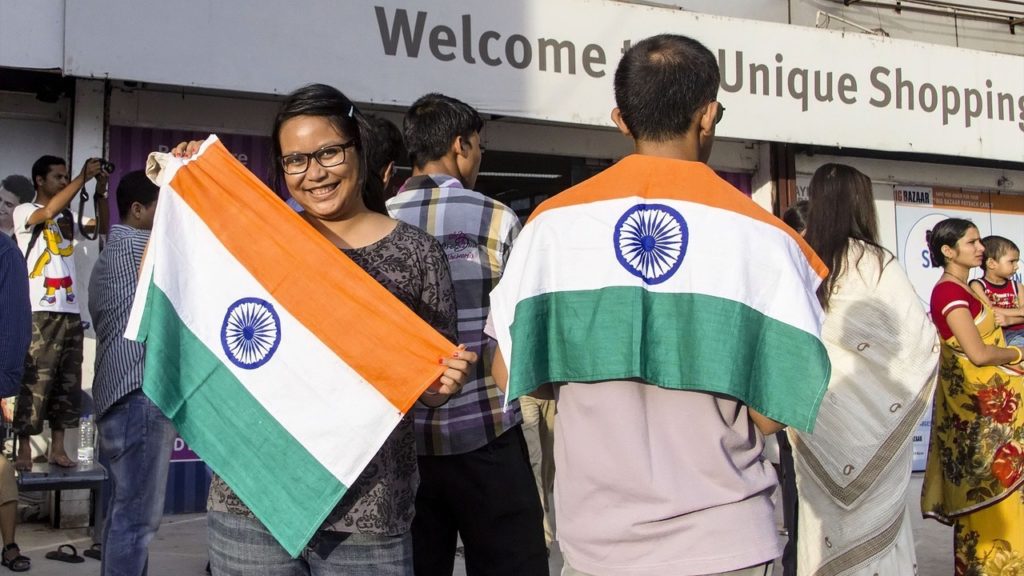

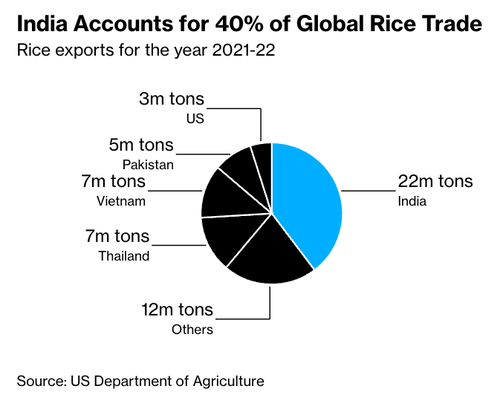
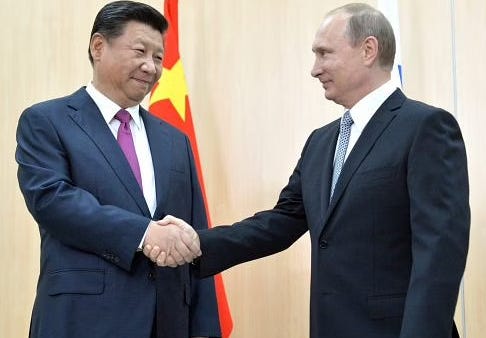


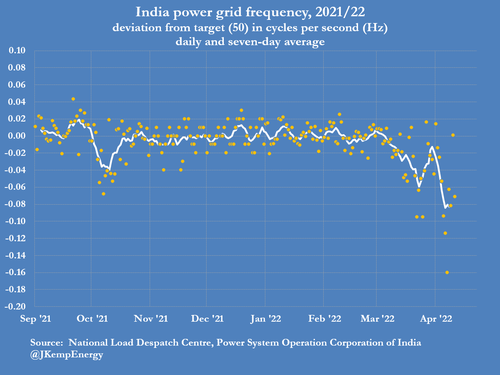




The Three Types of US ‘Regime Change’
January 22, 2022
The Three Types of US ‘Regime Change’
When the U.S. overthrows a foreign government it either works from the top down, the bottom up, or through military invasion, writes Joe Lauria.
Chilean presidential palace during U.S.-backed coup, Sept. 11, 1973. (Library of the Chilean National Congress/Wikipedia)
Throughout the long, documented history of the United States illegally overthrowing governments of foreign lands to build a global empire there has emerged three ways Washington broadly carries out “regime change.”
From Above. If the targeted leader has been democratically elected and enjoys popular support, the C.I.A. has worked with elite groups, such as the military, to overthrow him (sometimes through assassination). Among several examples is the first C.I.A-backed coup d’état, on March 30, 1949, just 18 months after the agency’s founding, when Syrian Army Colonel Husni al-Za’im overthrew the elected president, Shukri al-Quwatli.
The C.I.A. in 1954 toppled the elected President Jacobo Árbenz of Guatemala, who was replaced with a military dictator. In 1961, just three days before the inauguration of President John F. Kennedy, who favored his release, Congolese President Patrice Lumumba was assassinated with C.I.A. assistance, bringing military strongman Mobutu Sese Seko to power. In 1973, the U.S. backed Chilean General Augusto Pinochet to overthrow and kill the democratically-elected, socialist President Salvador Allende, setting up a military dictatorship, one of many U.S.-installed military dictatorships of that era in Latin America under Operation Condor.
From Below. If the targeted government faces genuine popular unrest, the U.S. will foment and organize it to topple the leader, elected or otherwise. 1958-59 anti-communist protests in Kerala, India, locally supported by the Congress Party and the Catholic Church, were funded by the C.I.A., leading to the removal of the elected communist government…
…click on the above link to read the rest of the article…